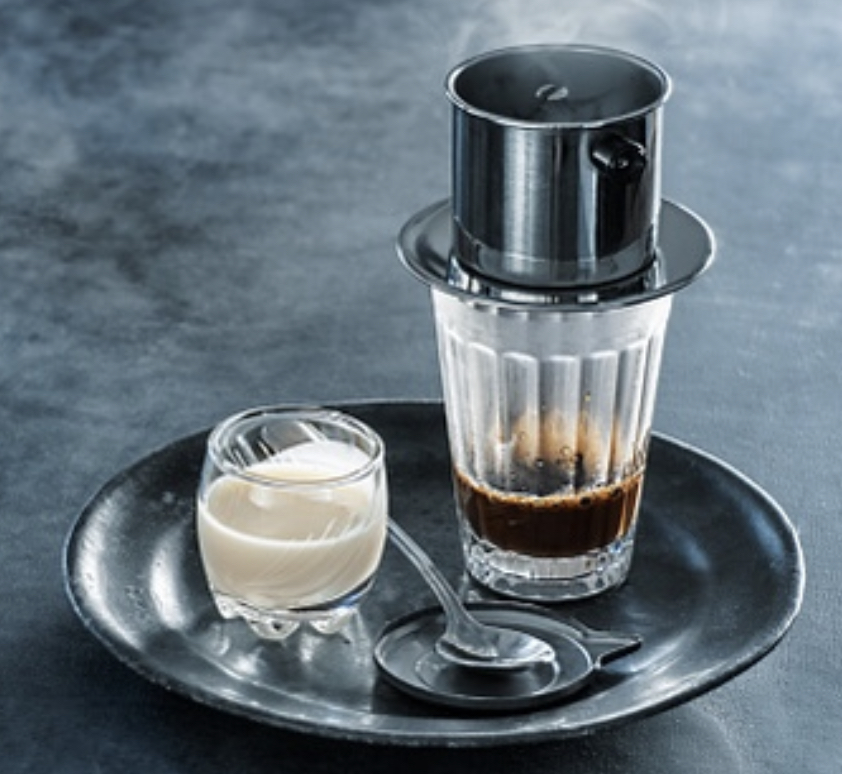Vietnamese “cà phê đá,” or “Vietnamese drip coffee,” is a highly revered and flavorful coffee brewing method that has become a cornerstone of Vietnam’s coffee culture. The origins of this brewing method can be traced back to Hanoi in the early 20th century, when coffee was first introduced to Vietnam through French colonial influence. Over time, the unique combination of strong, dark coffee with sweetened condensed milk became a hallmark of the country’s coffee culture, and the use of a metal or cloth filter to brew the coffee became popular.

The French dominated Vietnam for approximately 100 years, from the late 19th century to the mid-20th century, and during this time, they exerted a significant impact on the country’s culture, including its coffee culture. The introduction of coffee to Vietnam and the development of the “Vietnamese drip coffee” method can be seen as part of the broader story of French colonial influence in the country.
Despite periods of political turmoil and conflict, Vietnamese coffee culture continued to evolve and grow in popularity throughout the 20th century. Today, “cà phê đá” is enjoyed not only in Vietnam but also around the world.
Vietnamese “cà phê sữa đá” is a delicious and unique coffee brewing method that is rich in history and cultural significance. Its combination of strong, dark coffee with sweetened condensed milk has become a defining characteristic of Vietnamese coffee culture, and continues to be enjoyed by coffee lovers everywhere.

